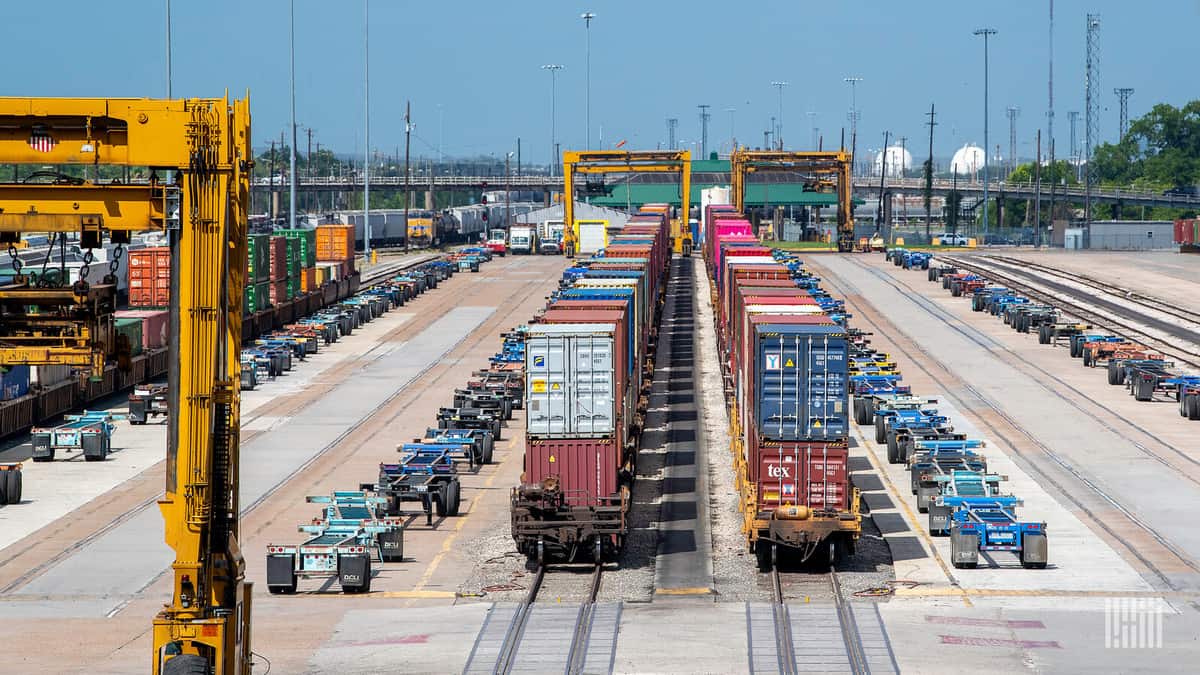Intermodal volumes for the U.S. Class Is were up 5% year-over-year in week 24, led by an 8.1% increase in Union Pacific volumes and 8% growth in CSX. Kansas City Southern’s intermodal volumes were up 12.8% year-over-year, but on a smaller base. (KSC moved 11,477 units versus UNP’s 77,457.)
Canada and Mexico intermodal volumes are still negative year-over-year, which in our view highlights the continuing resilience of the American consumer. We think intermodal volumes in the United States have a long way to run up and that they are currently being constrained not by demand, but by supply, or the availability of intermodal containers and rail network capacity. For reference, truckload tenders outbound from Los Angeles are being rejected at a rate of 30%.
The Western rails and Union Pacific in particular are struggling to service their customers and imposing extreme spot rate increases to discourage incremental surge volume. Rate hikes out of California have already been onerous; more hikes will be deployed outbound from Seattle next month.
So far intermodal has not been able to play the safety-valve role it fell into during the trucking upcycle of 2017-18. We’ve heard anecdotal reports that the simplified networks and rationalized capacity are in some cases resulting in a more responsive, agile railroad that can put power and containers where they’re needed.
Members Only
You have selected content that's only available to members of FreightWaves Passport. As a member, you gain immediate access to the most in-depth and informative freight research available. It's your gateway to continuing education.
Members also get:
- Access to exclusive community dedicated to discussing the most important challenges facing freight.
- Monthly and Quarterly Freight Market reports keeping you informed of industry trends.
- Much, much more!
Click below to learn more and sign up today!
Subscribe
Existing Passport subscribers may log in using the form below.
